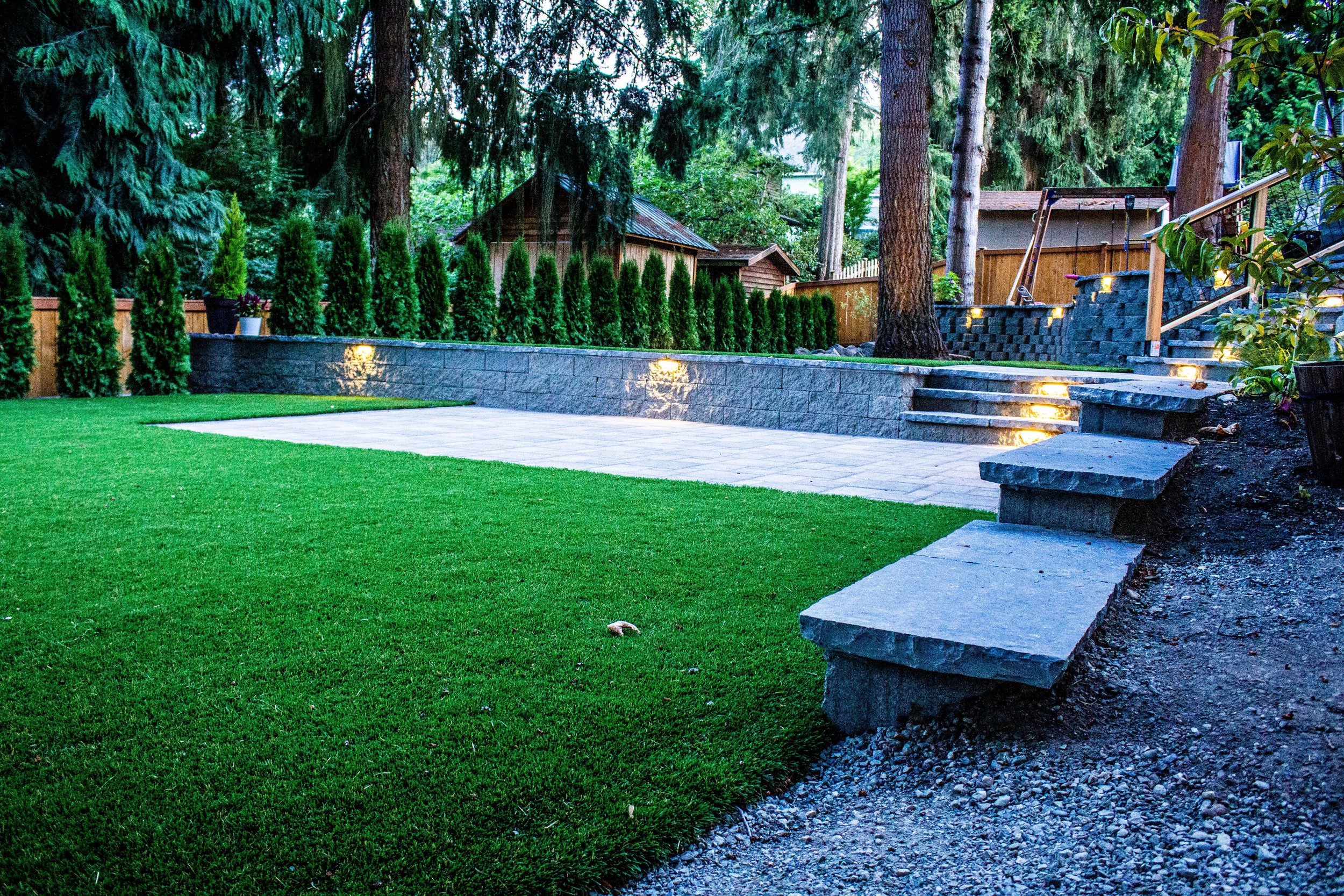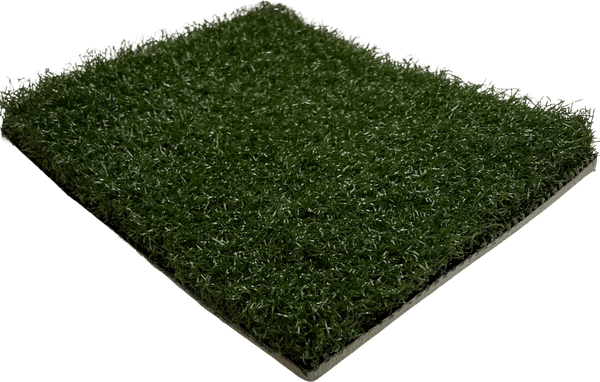Enhance Your Outdoor Space with Arizona Artificial Turf for a Lush Green Look
Enhance Your Outdoor Space with Arizona Artificial Turf for a Lush Green Look
Blog Article
Look Into the Environmental Advantages of Opting for Artificial Turf Solutions
The fostering of man-made turf solutions presents a compelling possibility to resolve pressing ecological difficulties. By substantially minimizing water use and minimizing the application of harmful chemicals, these choices not just promote sustainable landscape design however additionally shield local ecosystems.
Water Preservation Benefits
One of the most substantial benefits of fabricated lawn is its ability to save water. In contrast, synthetic lawn does not need watering, significantly decreasing the overall demand for water resources.
By removing the demand for regular watering, artificial grass adds to sustainable landscape techniques and assists minimize the environmental influence of excessive water intake. Moreover, the preservation of water reaches the decrease of runoff, which can lead to dirt disintegration and waterway pollution.
Additionally, the installment of synthetic grass permits municipalities and home owners to assign water resources extra effectively, concentrating on essential usages such as drinking water and agriculture. The change in the direction of synthetic grass not just advertises responsible water usage yet also aligns with more comprehensive environmental objectives aimed at preserving natural deposits.
As areas progressively focus on sustainability, the water preservation benefits of synthetic turf present an engaging instance for its fostering in business and household landscaping jobs.
Decreased Chemical Usage
The transition to fabricated turf substantially decreases the reliance on chemical treatments typically used in all-natural lawn upkeep. Conventional lawn administration usually includes the application of chemicals, herbicides, and plant foods to promote growth and control bugs. These chemicals can position risks to human wellness, local wildlife, and the environment, adding to dirt and water contamination.
In contrast, fabricated turf removes the need for these unsafe compounds. As soon as installed, it needs marginal upkeep, mainly consisting of routine cleansing and seldom infill replenishment. This decrease in chemical use not only benefits the immediate setting yet additionally contributes to wider ecological stability. By minimizing the launch of artificial substances right into the community, synthetic grass advertises healthier dirt and water supply.
In addition, the lack of chemical drainage connected with synthetic grass setups assists shield local waterways from pollution, supporting aquatic life and preserving biodiversity. Turf installation phoenix az. As areas significantly focus on lasting techniques, choosing for synthetic grass provides a viable service that straightens with ecological preservation goals. With this shift, homeowner can appreciate lavish eco-friendly spaces without jeopardizing ecological health and wellness, leading the way for an extra lasting future
Reduced Carbon Footprint

Furthermore, the installation of synthetic grass can cause substantial water conservation. Natural lawns require significant quantities of water for watering, which not just includes in the carbon footprint associated with water extraction and therapy but additionally stress neighborhood water sources. On the other hand, synthetic grass needs very little maintenance, needing no watering, consequently dramatically lowering water use and its linked power costs.
In addition, the longevity of synthetic turf adds to its lower carbon impact. With a lifespan of as much as 15 years or more, the requirement for regular replacements is reduced, resulting in much less waste and reduced power usage in production and taking care of standard turf choices. Generally, synthetic grass provides a sustainable choice for ecologically mindful landscaping.
Environment Preservation
Habitat conservation is an essential consideration in the debate over landscaping options, specifically when comparing synthetic grass to natural grass. Natural grass lawns often call for comprehensive upkeep, consisting of using fertilizers, herbicides, and pesticides, which can adversely affect regional environments. These chemicals can leach right into the dirt and waterways, harming click this site native vegetation and animals and disrupting local habitats.
Synthetic lawn eliminates the requirement for unsafe chemicals, thus shielding close-by wildlife and maintaining the stability of bordering environments. The installation of fabricated turf can lead to the conversion of previous turf locations right into even more biodiverse landscapes, such as pollinator gardens or indigenous plant areas, which can sustain neighborhood wildlife.
Inevitably, the change to fabricated lawn not just conserves water and reduces upkeep initiatives however likewise fosters a much more harmonious relationship between human tasks and the natural surroundings, promoting environment preservation while doing so.
Long-Term Sustainability
Long-term sustainability is a crucial consider reviewing the benefits of synthetic grass over conventional yard yards. One of the most considerable advantages of artificial lawn is its sturdiness; it can last up to 15-20 years with marginal upkeep, whereas natural lawn calls for frequent reseeding and replacement. This durability decreases the demand for constant sources, such as water, plant foods, and chemicals, which are vital for maintaining a healthy and balanced grass yard.
In addition, synthetic turf contributes to a reduction in carbon exhausts linked with grass care tools. Typical yards often require gas-powered mowers, leaners, and blowers, every one of which add to air contamination. Arizona artificial turf. In contrast, synthetic grass gets rid of the need for such devices, promoting a cleaner setting
Additionally, the manufacturing of synthetic grass progressively uses look at here recycled materials, improving its sustainability account. As manufacturers adopt environment-friendly methods, the ecological footprint of synthetic grass remains to diminish.

Conclusion
The adoption of artificial lawn remedies presents significant environmental advantages, including considerable water conservation, minimized reliance on see this site harmful chemicals, and a reduced carbon impact. Man-made lawn aids in protecting all-natural habitats by minimizing land disruption and advertising lasting sustainability via the usage of sturdy materials. Jointly, these elements emphasize the possibility of synthetic turf to contribute positively to ecological wellness and offer a feasible alternative to traditional landscaping practices in an increasingly resource-conscious globe.
In comparison, synthetic grass does not require watering, considerably reducing the general demand for water sources. By lessening the release of artificial compounds right into the environment, artificial turf promotes much healthier soil and water systems.
Furthermore, the installation of synthetic grass can result in significant water conservation. In contrast, man-made lawn needs marginal upkeep, calling for no watering, therefore dramatically minimizing water usage and its connected power expenses.

Report this page